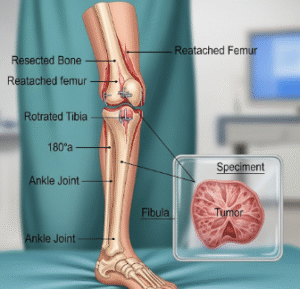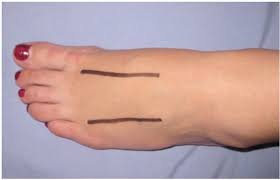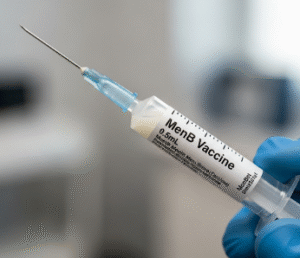Overview
A mucus plug is a thick collection of mucus that blocks the cervical canal during pregnancy. It acts as a protective barrier, preventing bacteria and pathogens from entering the uterus, thus protecting the developing fetus. The mucus plug typically forms in the first trimester and remains in place until late pregnancy, when it is expelled as part of the body’s preparation for labor.
In Korea, obstetricians closely monitor mucus plug changes as part of prenatal care, ensuring timely recognition of labor onset and preventing infections that could affect both mother and baby.
Key Facts
➤ The mucus plug blocks the cervical canal, forming a protective seal.
➤ It is expelled naturally as labor approaches, sometimes with blood-tinged mucus (“bloody show”).
➤ Composed primarily of mucus and immune cells.
➤ Helps prevent bacterial infections from reaching the uterus.
➤ In Korea, obstetric care includes monitoring mucus plug changes along with other labor indicators.
What is a Mucus Plug?
The mucus plug is a gel-like barrier that forms in the cervix during pregnancy. Its purpose is to:
➔ Protect the uterus and developing fetus from infections.
➔ Maintain a sterile intrauterine environment.
➔ Indicate impending labor when expelled near the end of pregnancy.
It may appear as thick, gelatinous, clear, white, or slightly pink mucus.
Symptoms Related to Mucus Plug
Expulsion of the mucus plug may be accompanied by:
➤ Thick gel-like discharge from the vagina.
➤ Slightly blood-tinged mucus (“bloody show”).
➤ Mild cramping or uterine contractions.
➤ No fever, foul odor, or significant pain (which may indicate infection).
➤ Typically occurs 1–2 weeks before labor, though timing can vary.
Causes / Possible Causes
The mucus plug forms as a normal physiological process during pregnancy:
Physiological Causes
➤ Cervical glands secrete mucus to form the plug.
➤ Progesterone helps maintain cervical closure.
➤ Acts as a barrier against bacteria entering the uterus.
Expulsion Causes
➤ Natural cervical dilation as labor approaches.
➤ Vaginal or uterine contractions causing plug release.
➤ Cervical changes induced by medical interventions or exams (sometimes accidental expulsion).
Risk Factors
➤ Late pregnancy or approaching term labor.
➤ Cervical irritation from sexual activity or vaginal exams may occasionally trigger plug release.
➤ Multiple pregnancies may lead to earlier cervical changes.
➤ Premature cervical changes can result in early expulsion, requiring medical attention.
Complications
While expelling the mucus plug is usually normal, potential concerns include:
➤ Premature plug loss before 37 weeks could indicate preterm labor risk.
➤ Persistent mucus with foul odor or heavy bleeding may suggest infection or complications.
➤ Rarely, cervical incompetence or preterm rupture of membranes may require medical monitoring.
When Should I See My Doctor?
Contact your obstetrician if:
➤ Mucus plug is expelled before 37 weeks of pregnancy.
➤ Vaginal discharge has a foul odor, green/yellow color, or contains large amounts of blood.
➤ Accompanied by regular, painful contractions or fluid leakage.
➤ You have underlying pregnancy complications or prior history of preterm labor.
Early evaluation ensures timely intervention to protect both mother and baby.
Care and Treatment
Home Care
➤ Track discharge characteristics (color, consistency, timing).
➤ Rest and avoid strenuous activity if plug loss occurs early.
➤ Maintain good hygiene to reduce infection risk.
Medical Management
➤ Preterm plug loss may require hospital monitoring.
➤ Progesterone therapy or cervical cerclage in cases of cervical insufficiency.
➤ Regular prenatal checkups to monitor for signs of labor.
Supportive Measures
➤ Education on labor signs and when to go to the hospital.
➤ Emotional support and reassurance regarding normal plug expulsion near term.
Treatment Options in Korea
Korean obstetric care provides comprehensive monitoring and management for mucus plug and labor readiness:
Diagnostic Services
➤ Ultrasound to assess cervical length and fetal health.
➤ Vaginal examination to evaluate cervical dilation and effacement.
➤ Lab tests if infection is suspected.
Medical and Supportive Care
➤ Hospital monitoring for preterm labor risk.
➤ Progesterone therapy or cerclage for cervical insufficiency.
➤ Guidance on recognizing labor signs and planning hospital admission.
➤ Integration of prenatal education programs for safe pregnancy management.













